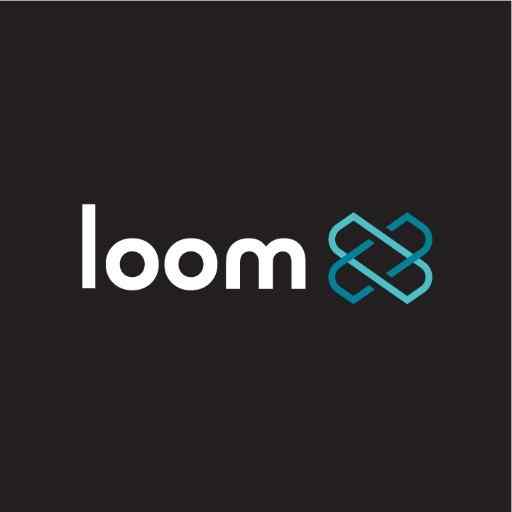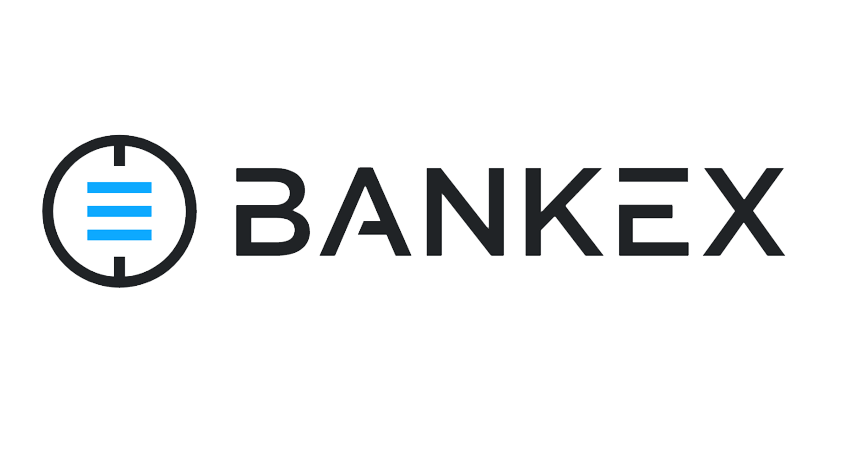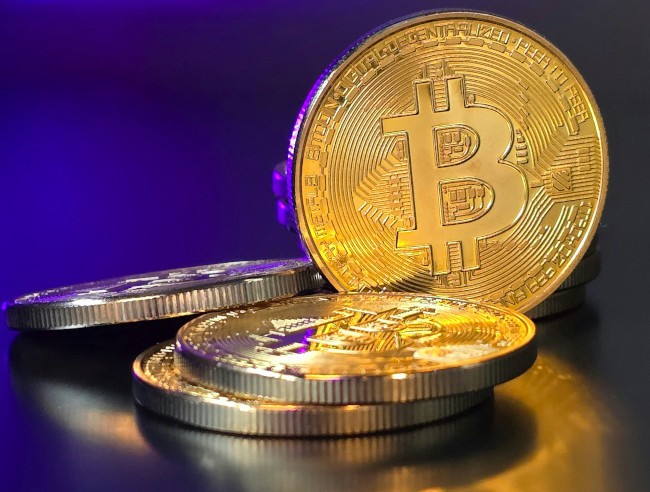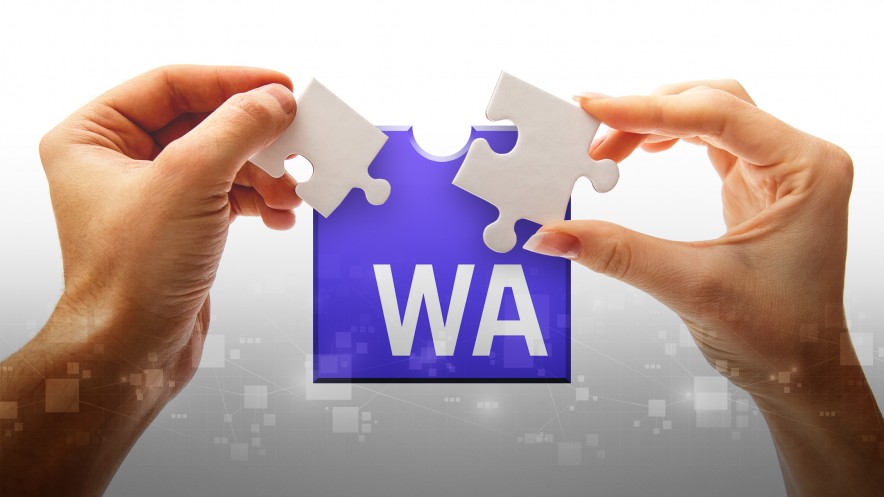Plasma Applications: Omise Go, Loom Network, BankEx
Aug 27, 2018, 1:00pm
Plasma is being implemented by a number of Ethereum projects for a variety of specific use-case applications functioning as side chains.
This is the third and final article in the Plasma series. To recall, in the first article we introduced Plasma as a fundamental second layer infrastructure utilizing the Ethereum main network as a global notary (or supreme court). In the second part, we briefly examined the specific plasma prototypes that have resulted from the general Plasma proportion as a design space for custom side chains. In this final piece, we look at several Ethereum projects that implement Plasma for various use-case applications.
Among the groups and organizations building their applications as specialized Plasma side-chains are well-known Asian payments processor, Omise Go, fintech-focused BankEx and Loom, mostly known for their early interactive Solidity beginners’ course, CryptoZombies.
Omise Go

Omise was founded in 2013 as a payment services company in Southeast Asia (based in Thailand), and OmiseGO is an extension platform that operates separately. OmiseGO’s stated goals are to provide massively scalable decentralized exchange, liquidity, clearinghouse messaging network and an asset-backed blockchain gateway. OmiseGO intends to encompass a large part of the financial operations and activity on Ethereum, providing a decentralized network facilitating self-sovereign financial services across geographic localities, traditional and emerging asset classes and possible applications.
OmiseGO aims to become a decentralized, farther reaching Ripple of sorts, but operating a high-powered decentralized exchange (DEX), and has already become a household name in on-chain and cross-chain transactions. With decentralization and the ability to connect fragmented and disparate payment processors (in the area of which Omise has significant expertise in establishing itself in the Southeast Asian region), OmiseGO would also provide banking services to many who don’t have access to them.
The white paper was co-writen by Joseph Poon and the Omise Go Team and the abstract summarizes OmiseGO:
OmiseGO is building a decentralized exchange, liquidity provider mechanism, clearinghouse messaging network, and asset-backed blockchain gateway. OmiseGO is not owned by any single one party. Instead, it is an open distributed network of validators which enforce behavior of all participants. It uses the mechanism of a protocol token to create a proof-of-stake blockchain to enable enforcement of market activity amongst participants. This high-performant distributed network enforces exchange across asset classes, from fiat-backed issuers to fully decentralized blockchain tokens (ERC-20 style and native cryptocurrencies). Unlike nearly all other decentralized exchange platforms, this allows for decentralized exchange of other blockchains and between multiple blockchains directly without a trusted gateway token. Markets may be able to significantly reduce spreads and encourage market assurance via decentralizing custody and increased transparency of market activity. This is achieved using smart contracts, protocol tokens enforcing correct market behavior of orderbook matching, a new construction of Ethereum bonded external enforcement of clearinghouse activity, and commitments to historical exchange data for use with Ethereum smart contracts.
OmiseGO will run on its own Proof of Stake Plasma side-chain closely integrated into the Ethereum mainnet, which will enable high transaction throughput at a low cost. OMG is expected to play a significant role in the Ethereum ecosystem and recently, MakerDAO announced their partnering around shared goals with Omise Go and coordinating joint efforts in some common key areas (a wallet SDK and a DEX on part of OmiseGO and an Ethereum stability engine and possibly a volatility insurance platform/DAO with Maker) and the live OMG network will support Maker’s Dai – the US dollar soft pegged stablecoin managed by the DAO via collateralized debt positions (CDPs), as well as other stable asset constructions and instruments MakerDAO might design in the future.
Implementing Plasma is fairly straightforward and Omise Go’s implementation of Plasma MVP includes a Solidity root chain contract with a deployment script, a Python implementation of a Plasma client (similar to what Geth or Parity are for Ethereum itself) and a Python wrapper for the child chain API.
Loom Network

Loom Network, best known for their interactive Solidity course Cryptozombies, is a platform for building scalable side chains to Ethereum, with a focus on large-scale gaming and social DApps. Given the friction of main chain gas fees and requesting to sign transactions for every move, it makes the most sense to have interactive games and applications developed on side chains which would be specifically designed to handle that kind of logic.
Ethereum is definitely in need of such solution and Loom’s DAppChain is focused on exactly that domain, having most computation take place on the side chain while using a consensus algorithm able to process dozens of blocks every second. ERC-721 non-fungibles (or other assets) are deposited to the DAppChain from the Ethereum mainnet via Loom’s Plasma Cash implementation. Loom uses DPoS (Delegated Proof of Stake) by default, but DApps built on Loom’s DAppChain could use their own consensus algorithm, depending on the need of their project.
Already having working products to showcase, Loom have no white paper, but a number of projects in the making. Loom’s high throughput DPoS side-chains are similar in rationale to the EOS mainnet, but subordinate to the Ethereum main chain jurisdiction (thus, it is very unlikely that one can “run Ethereum on a single EOS contract”, as Daniel Larimer has been known to claim).
Presently, Loom has released or is in the process of developing a number of products and tools.
Loom SDK
The Loom SDK (Software Development Kit) is Loom’s core product. It is a developer interface designed to lower the level of expertise and general technical barrier requires for starting to prototype and build DApps in Solidity.
EthFiddle
EthFiddle is a Solidity IDE (similar to the Solidity Remix), but much cleaner, less cumbersome and beginner friendly. Solidity can be thought of to blockchain as what Javascript is to the browser – a programming language targeting a sandboxed system. EthFiddle is like JSFiddle (for Javascript) or Go Playground, a browser-based interactive IDE (Integrated Developer Environment) but for Solidity.
It allows for conveniently sharing of code snippets (having become the #1 Solidity code-sharing site for Ethereum developers), has a security audit feature that is currently under development (making use of all available resources to do with contract code vulnerability scanning and automated security audits), community chat and allows one to compile Solidity code directly in the browser and quickly test and debug smart contracts with helpful error handling and instantly accessible community support discussion channels.
EthDeploy
EthDeploy is an easy way to spawn a private Ethereum blockchain (unrelated to DAppChains) for testing or demonstrating one’s DApps. Like AWS (Amazon Web Services) for Ethereum, it is built to allow for quickly deploying and testing commercial-scale applications in matter of seconds.
EthDeploy is essentially a system that allows for cloud based ‘staging’ or ‘development’ environments for EVM-equipped, smart contracts capable blockchains.
SolidityX
SolidityX is a secure-by-default superset of Solidity that compiles down to regular Solidity (protecting against known vulnerabilities, bugs and security holes) that will eventually be integrated as part of the SDK, customized for performance optimizations on the Loom Network.
DelegateCall
DelegateCall is a Q&A website that is based fully on the blockchain and runs as a DAppChain. It is similar to Quora or StackExchange on the blockchain and is the very first DAppChain to go live that was built by Loom Networks. Utilizing real tokens backed by Ethereum that run on a scalable and lightning-fast network. With DelegateCall, users can earn tokens simply by posting and/or answering questions.
On DelegateCall, users earn karma points when their questions and answers get upvoted. But unlike traditional Web 2.0 sites, on DelegateCall these karma points will be redeemed for a tradable ERC-20 “DelegateCall token” (DCT tokens are not listed on any exchange yet) on Ethereum mainnet, allowing users to earn rewards proportional to their contributions to the site.
DelegateCall serves the triple purpose of a demo showcasing the types of DApps that can be built on Loom Network, a community forum and crypto-economically incentivizing contributions and active participation.
At its core, DelegateCall runs entirely on a Loom Network DAppChain, which consists of a standalone blockchain that is bonded to an Ethereum smart contract via a Relay.
A DelegateCall blockchain explorer where transactions can be monitored in real time can be accessed from here.
CryptoZombies
CryptoZombies is the interactive Solidity course that Loom is perhaps best known for. It quickly became popular and for awhile, the world’s first resource for beginning to learn Ethereum development. The course guides one in how to program their own game in Solidity and tie it to the Web3 front-end.
Other
The LOOM token is not as of writing this, used in any asset transfer, but works more like a software license key where you need at least one token to just go ahead with the transfer on Loom’s extended DAppChains.
The ERC-721 Plasma Cash compatible contract and client can be found here.
Official site at loomx.io.
BankEx

As the blockchain and distributed ledger industry mature, it diversifies and differentiates in various domains which, with Plasma, can be organized and compartmentalized in their respective hierarchies of Plasma side chains. BankEx falls in the category of fintech enterprises, sharing some similarities in nature with projects like Waves and Stellar, but architecting its blockchain as an Ethereum Plasma side chain, taking advantage of the already established network effects and value of Ethereum as a public blockchain.
Finance is commonly seen as one of the industries most vulnerable to disruption by software because financial services, much like publishing, are made of information rather than specific goods. BankEx aims to institute itself as a Bank-as-a-Service provider of assets tokenization and liquidity providing engine, developing and standardizing smart contracts for the tokenization logic of different assets, as well as formalizing the business logic of both traditional and novel financial instruments in competently meeting demand and channeling liquidity.
The BankEx blockchain has the goal of conditioning Smart Assets in efforts to develop a new generation of decentralized capital markets and open up possibilities for new and more efficient ways to organize businesses on a global scale. This is similar in principle to what DigixDAO does in terms of tokenizing gold and precious metals, but in a more generic way with focus on broader classes of assets that are often less or unexposed to markets and tend to be hampered by bureaucratic and administrative frictions (such as, for example, artworks, real estate, used cars, etc.)
Notably, BankEx is also a member of the Ethereum Enterprise Alliance and has formed a team of more than 40 specialists, expert developers and fintech people under the umbrella of the BankEx Lab and the BankEx Foundation (which serves the function of facilitating and certifying the asset audits).
A Rinkeby testnet demo can be tried out at plasma.bankex.com and the smart asset creation app here. The parent main chain Solidity contract (the one instantiating the Plasma chain) is located here.
Summary
Plasma seems to be laying the ground for fruitful new design space in the realm of blockchain distributed ledgers, emerging as a natural consequence of the need for scaling the blockchain in such a way so as to make it structurally possible to accommodate activity and demand, while opening up horizons of new and unexplored opportunities.
As explained, Plasma is an application-specific solution which allows for the different domains and use-case scenarios of the blockchain to differentiate themselves and shape their system of extended chains and ecosystems in such a way as to reflect the divisions of roles and labor, as well as the inter-dependencies across different departments (e.g., financial, gaming, social applications, legal, etc.).
These second layer solutions, Plasma in particular, are of immediate relevance to the present state of affairs where the network is often overloaded and unable to sustain that much activity without periodically hitting bottlenecks. All current Plasma prototypes are UTXO-based chains, but plans about how to go about implementing smart contract functionality (the logic of which cannot be implemented in an UTXO system, which is composed of unspent transaction outputs as stateless objects, unable to express more complex state transitions, but highly secure and efficient when it comes to payments and transaction throughput) on Plasma are in early stages of discussing the possible ways.
Meanwhile, other iterations and improvements keep coming out, such as a More Viable Plasma (“MoreVP”) which builds on the original MVP specification but greatly improving upon user experience by removing confirmation signatures and making withdrawals even cheaper, granted the chain is functioning normally.
One big advantage of Plasma is the ease and straightforwardness with which it can be deployed and implemented in very short time, making it possible for many applications to migrate on their own specifically optimized chains without compromising on security or decentralization.
This concludes the Plasma series. check out part 1 to understand how it all began, and part 2 to learn about Plasma prototype.





